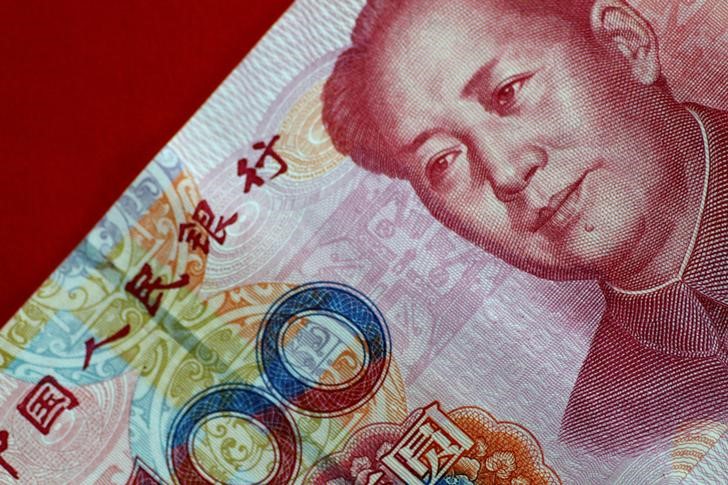By Ambar Warrick
Investing.com-- Most Asian currencies kept to a tight range on Wednesday as markets weighed more signs of an economic reopening in China against growing concerns over a U.S. recession and rate hikes by the Federal Reserve.
Several media reports suggested that the Chinese government is gearing up to announce a bigger pullback of its anti-COVID measures, following widespread protests in the country against the imposition of new curbs in the past two months.
Major Chinese cities have already relaxed some movement restrictions and testing mandates in light of the protests, and in the face of a pronounced economic slowdown. Data released earlier on Wednesday showed the country’s foreign trade was in its worst state since 2020.
China’s yuan rose 0.2% to 6.9823 against the dollar, and was among the better performers in Asia.
Other currencies moved little, with the Japanese yen and Taiwan dollar moving less than 0.2% in either direction.
The Indian rupee trimmed its intraday losses and traded flat after the Reserve Bank hiked interest rates as expected and flagged more monetary tightening to control inflation.
The Thai baht rose 0.3% after data showed core CPI inflation grew more than expected in November, likely heralding more rate hikes by the central bank.
The dollar was steady on Wednesday after extending its recovery into a second straight session.
The dollar index and dollar index futures steadied around 105.5, after rising over 1% from a five-month low touched on Monday.
Executives from several major Wall Street banks warned that the U.S. economy faces a potential recession next year, particularly if inflation remains sticky and if interest rates keep rising.
Some stronger-than-expected economic readings, particularly nonfarm payrolls and retail sales, suggest that inflationary pressures may persist for longer than expected. This is likely to push the Federal Reserve into raising borrowing rates even further - a move that is decidedly negative for risk-driven assets.
The dollar benefited from a mix of safe haven plays, and markets positioned for stronger yields. This trend was the biggest weight on Asian currencies this year.
Focus is now U.S. producer inflation data due later this week, as well as the Fed's final meeting for the year, which is set to happen next week.
Among Antipodean currencies, the Australian dollar trimmed most of its initial gains after data showed that growth in the country's economy slowed during the third quarter.
